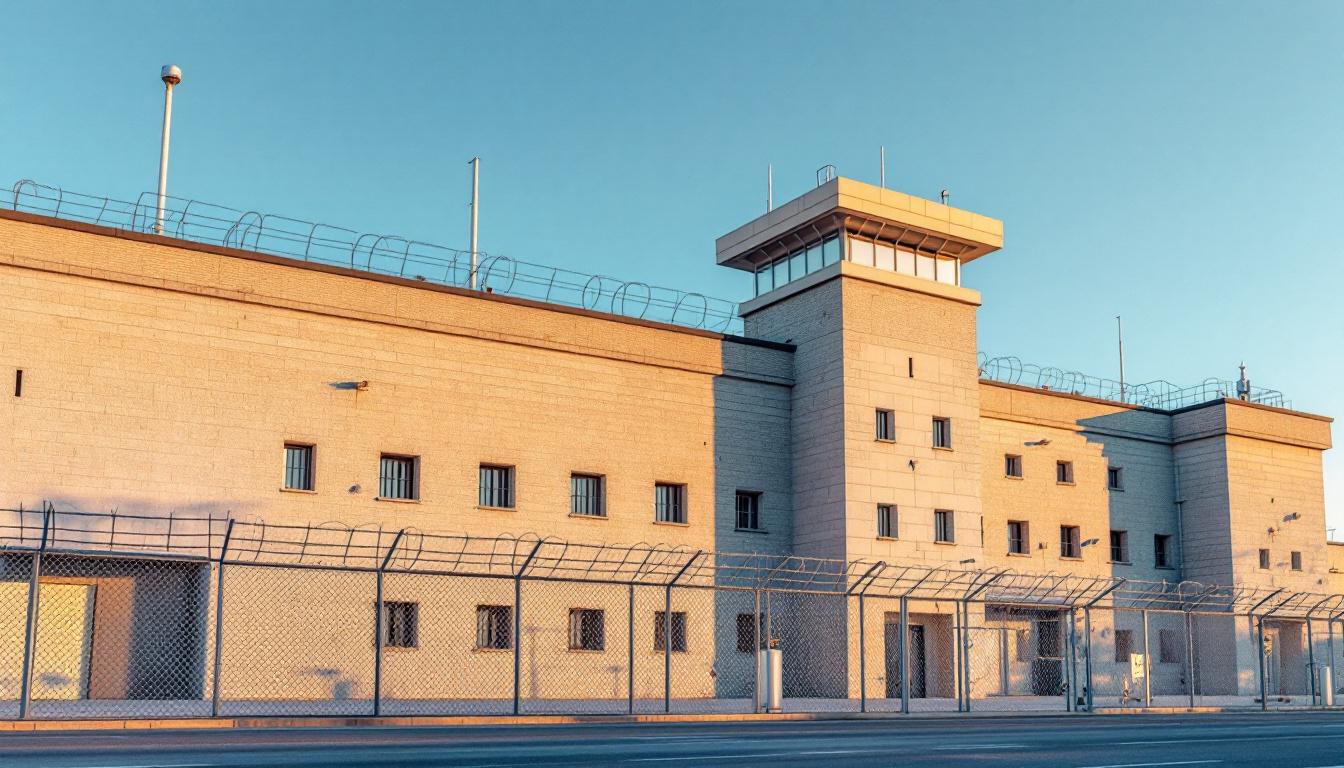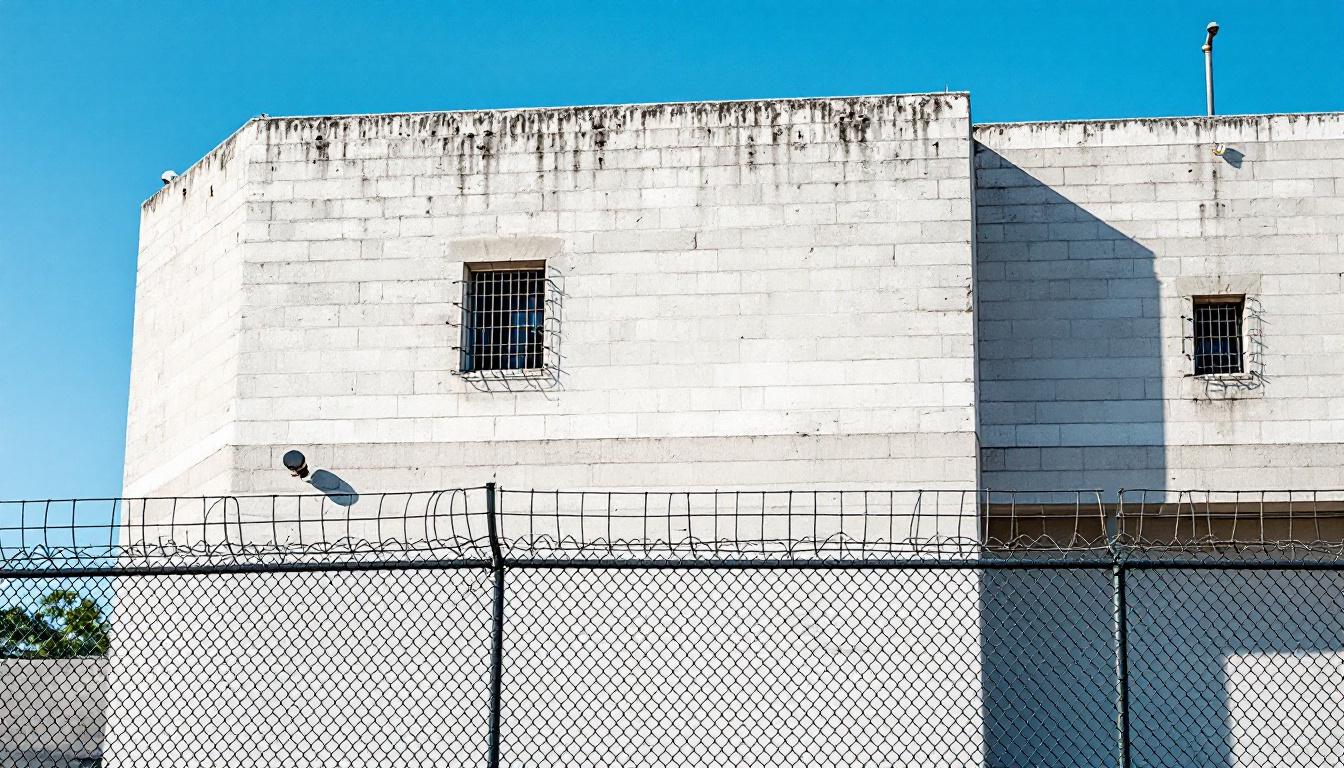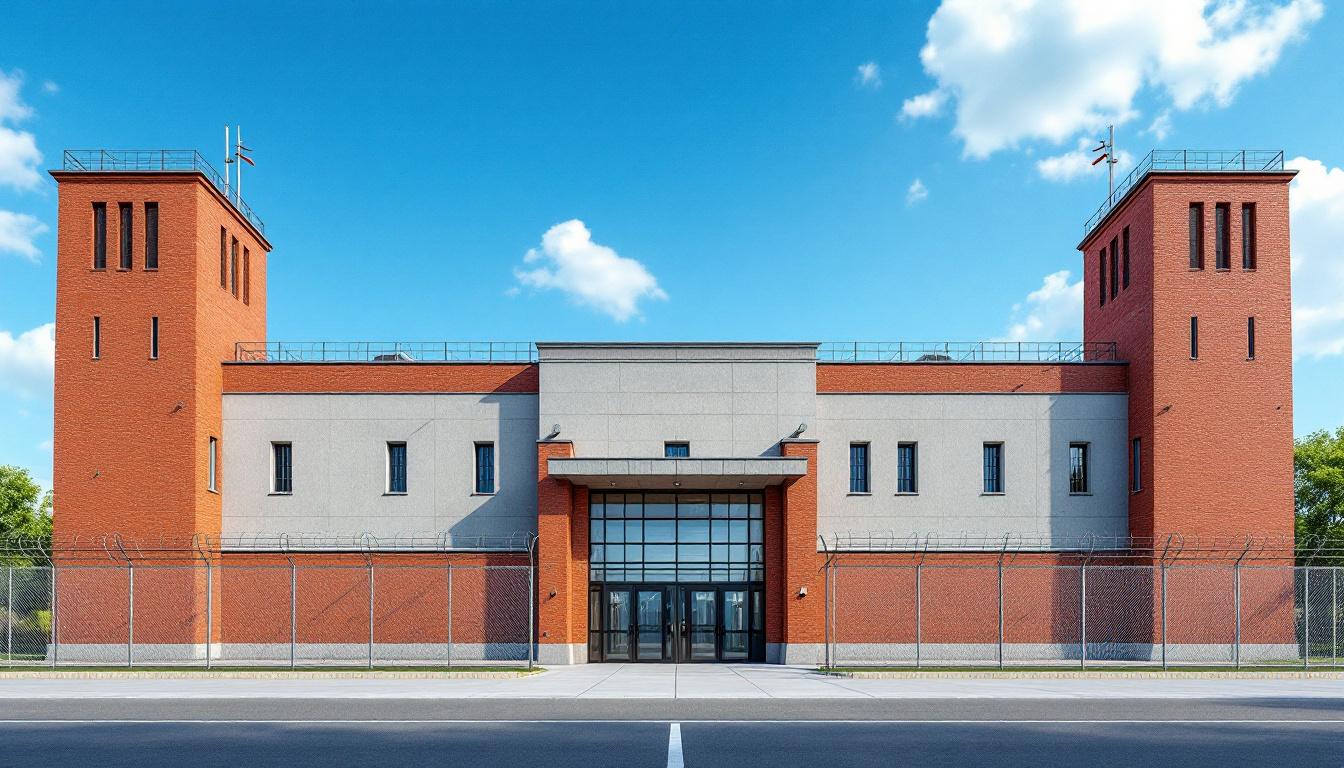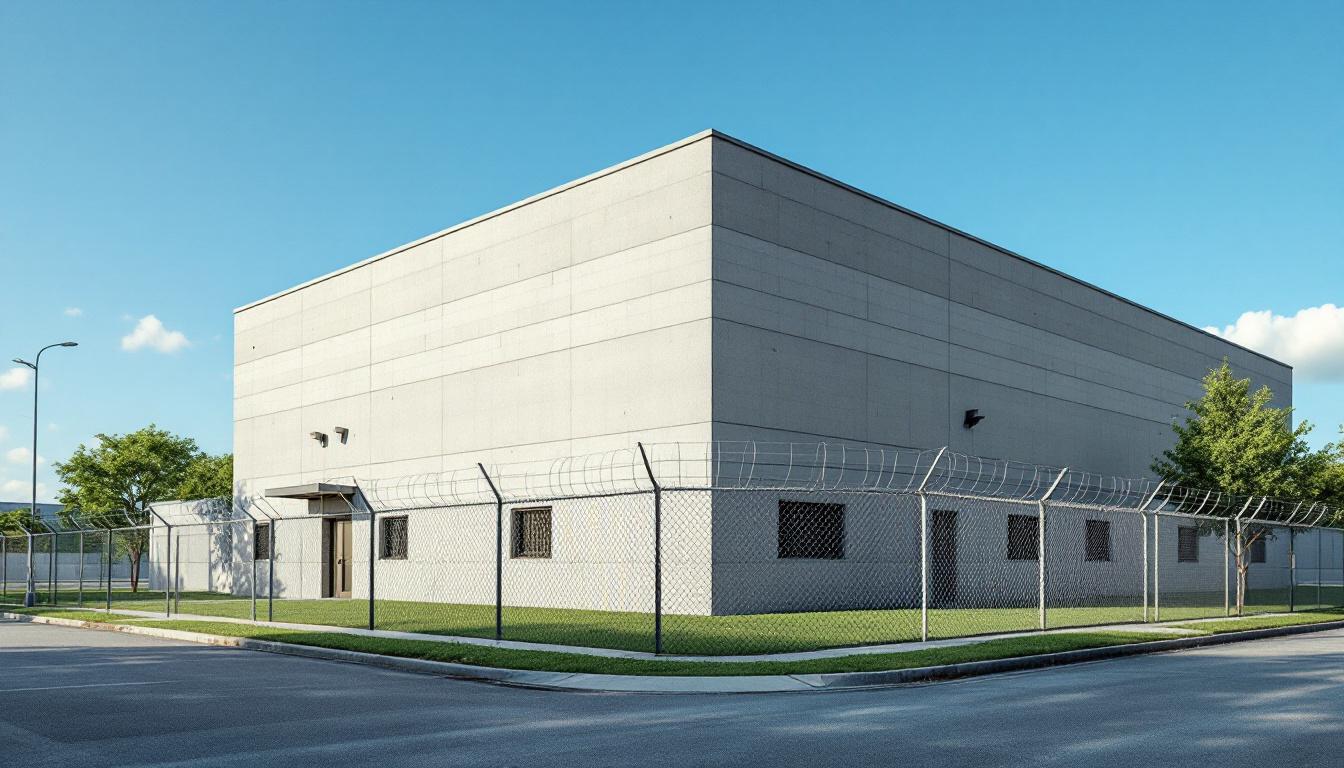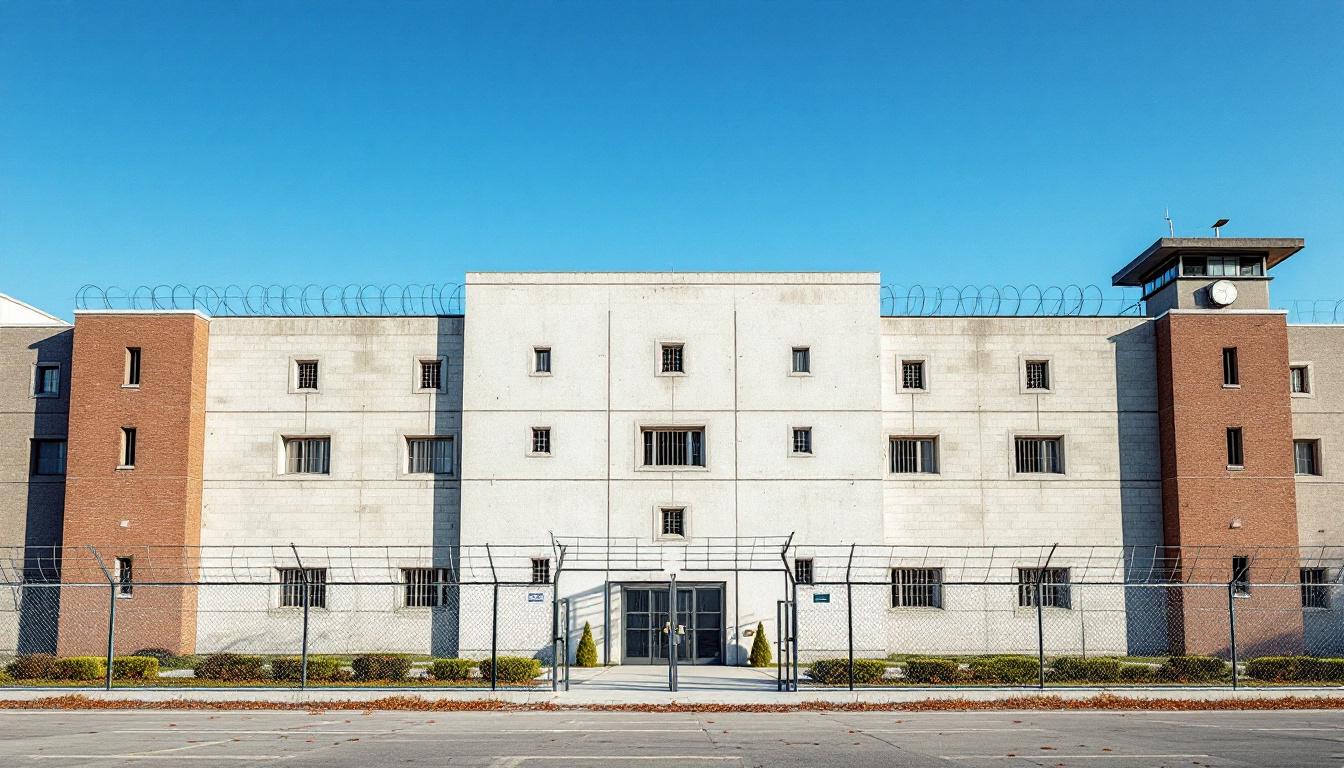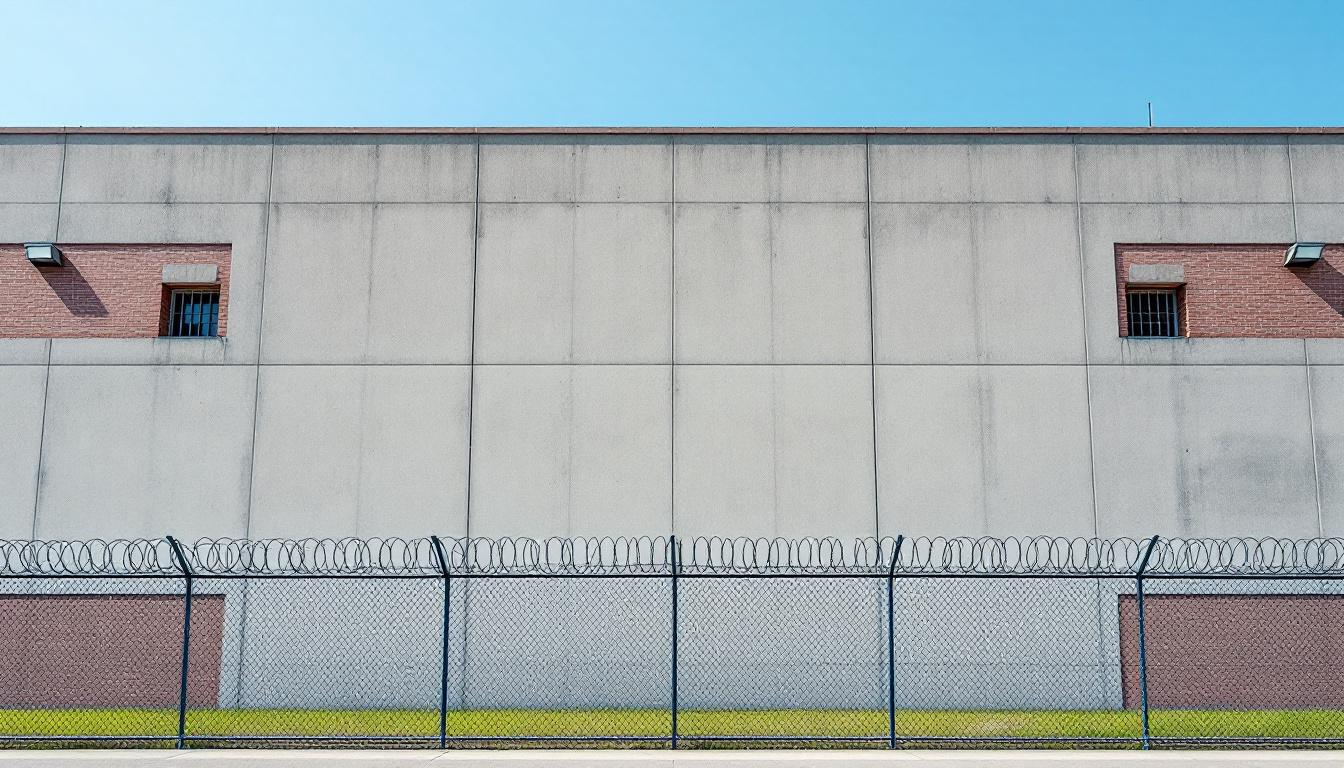
Quick Navigation
How to contact an inmate at Pierre Community Work Center
This comprehensive guide will walk you through how to connect with an inmate at Pierre Community Work Center. Follow the steps below to find an inmate and send letters and photos:
- Search for the inmate using our search tool below
- Create your account or log in to Penmate
- Write your message (up to 6,000 characters)
- Send instantly - inmates receive printed copies daily
Find an Inmate
Search for an inmate to start communicating today
Tip: You can search by first name, last name, or inmate ID number
To contact a person at Pierre Community Work Center start by searching for the person on the facility website. Perform a search by following these steps:
- Step 1: Enter their first name and last name into the search form and click "Search"
- Step 2: Locate their inmate record
- Step 3: Write down their Inmate ID and any housing information provided
Important! Be sure to enter the person's full name. Nicknames should not be used.
How to Send Messages to Inmates

You can use your phone or computer to send emails, letters, and photos to an inmate. Messages are sent electronically to inmate tablets or kiosks at the facility. If you would like to send a message, start by searching for an inmate at Pierre Community Work Center.
Sending Photos and Postcards

A great way to send love and support to a loved one at Pierre Community Work Center is to send photos and postcards. It only takes a few minutes to send photos from your phone and it makes a huge difference. You can also mail postcards with words of support and inspiration, or design your own postcard for special moments like birthdays and holidays.
Important! Be sure not to send any explicit photos or they may not be approved by the facility. You can also use a photo printing app like Penmate to make sure your photos are printed at the correct size (4x6 or 3x5) and are mailed according to the rules and regulations of Pierre Community Work Center.
Frequently asked questions about Pierre Community Work Center
-
How long does it take to deliver a message?
If you're sending an email message your letter is usually delivered within 24-48 hours. For messages sent via mail you should expect delivery within 3-7 days. All messages will need be approved by Pierre Community Work Center.
-
How much does it cost to send a message to Pierre Community Work Center?
You can send a message free using your phone or mail a message via USPS for the price of a $0.60 stamp and envelope. You can also purchase credits or e-stamps from services starting at $1.99.
-
What services can I use to contact an inmate at Pierre Community Work Center?
Penmate
You can use Penmate to send letters and photos to an inmate from your phone. It's an easy way to stay in touch during your loved one's incarceration. Use the inmate locator to find an inmate's location and contact information, then you can send messages within a few minutes.
Securus messaging
Securus may be another option for communicating with an inmate at Pierre Community Work Center. You can create a friends and family account and purchase credits to send messages. All messages will be reviewed and must be approved by the facility.
JPay
Some county jails and state prisons may support sending messages with JPay. You must register an account with the system, find your loved one, and purchase stamps to send messages. For some locations you can also attach photos.
Smart Jail Mail
You may also check if Smart Jail Mail is available at Pierre Community Work Center. Smart Jail Mail is operated by Smart Communications and has contracted with some state and county jails. After purchasing credits, your messages and photos are sent to the facility, printed out, and then handed out to your loved one.
-
What is the mailing address of Pierre Community Work Center?
Mailing address:
Pierre Community Work Center
3444 SD-34
Pierre, SD 57501
-
What are the visiting hours at Pierre Community Work Center?
Visiting hours at Pierre Community Work Center vary by housing unit and security level. Generally, visits are scheduled on weekends and holidays, with some facilities offering weekday visits. Contact the facility directly for the current visiting schedule. Visits typically last 30-60 minutes and must be scheduled in advance.
-
What items are prohibited when sending mail to Pierre Community Work Center?
Prohibited items typically include: cash, personal checks, stamps, stickers, glitter, glue, tape, staples, paperclips, polaroid photos, musical or blank greeting cards, hardcover books, magazines with staples, and any items containing metal or electronics. Only send letters on plain white paper with blue or black ink. Photos must be printed on regular photo paper (no Polaroids). Always check with Pierre Community Work Center for their specific mail policies.
-
How do I send money to an inmate at Pierre Community Work Center?
You can send money to an inmate at Pierre Community Work Center through several methods: 1) Online using JPay, Access Corrections, or the facility's approved vendor, 2) Money orders mailed directly to the facility with the inmate's name and ID number, 3) Kiosks located in the facility lobby, or 4) Over the phone using a credit or debit card. Fees vary by method, typically ranging from $2.95 to $11.95 per transaction.
-
Can I schedule a video visit with an inmate at Pierre Community Work Center?
Many facilities now offer video visitation as an alternative to in-person visits. At Pierre Community Work Center, video visits may be available through services like Penmate, Securus Video Connect, GTL, or ICSolutions. Video visits typically cost $10-20 for 20-30 minutes and must be scheduled in advance. You'll need a computer or smartphone with a camera and reliable internet connection. Contact the facility for their specific video visitation policies and approved vendors.
-
What identification do I need to visit an inmate at Pierre Community Work Center?
All visitors must present valid government-issued photo identification such as a driver's license, state ID, passport, or military ID. Minors must be accompanied by a parent or legal guardian who can provide the minor's birth certificate. Some facilities require visitors to be on the inmate's approved visitation list, which may require a background check. Contact Pierre Community Work Center for specific ID requirements and visitor approval procedures.
-
How can I find out an inmate's release date?
To find an inmate's release date at Pierre Community Work Center, you can: 1) Use the online inmate search tool if available, 2) Call the facility's records department, 3) Contact the inmate's case manager or counselor, or 4) Have the inmate provide this information during a call or visit. For privacy reasons, some facilities only release this information to immediate family members.
Facility Overview
Contact Information
Pierre Community Work Center3444 SD-34
Pierre, SD 57501
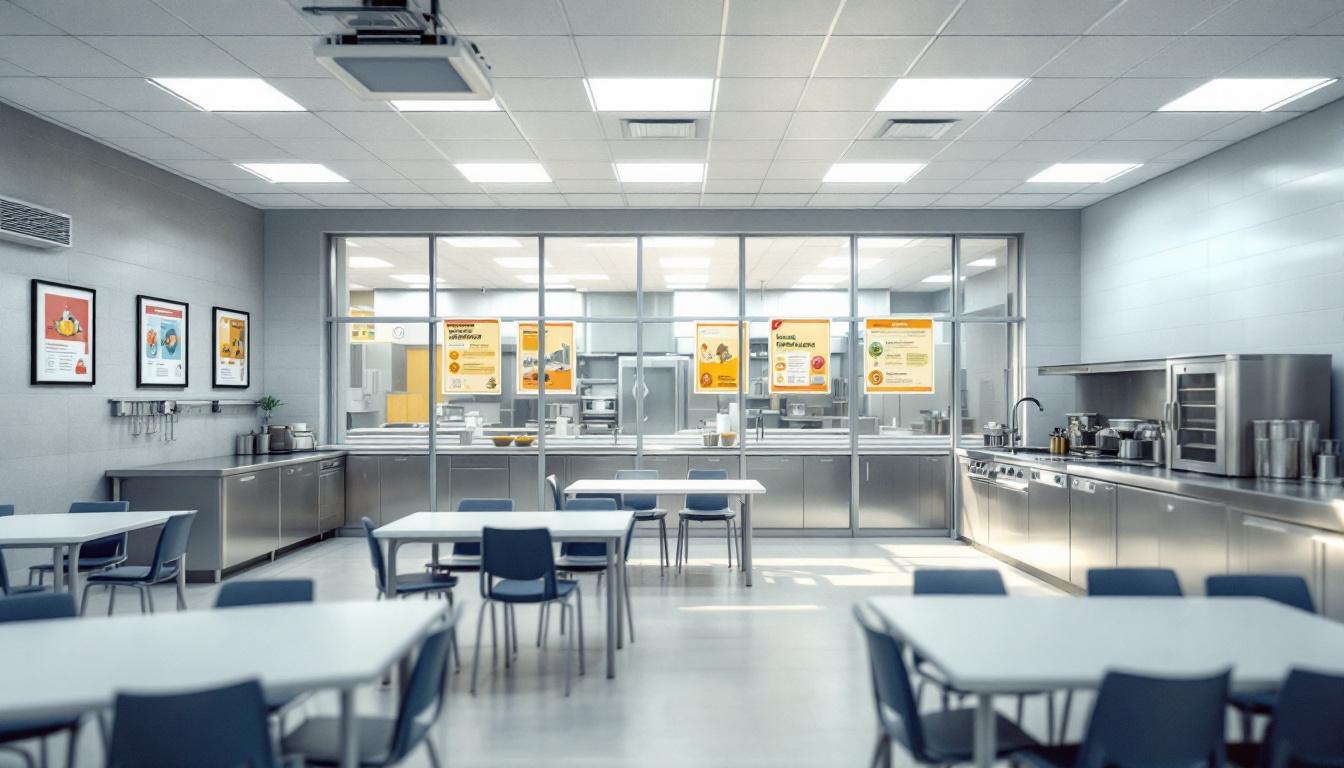
About Pierre Community Work Center
Community work centers represent a transitional approach within correctional systems, bridging the gap between traditional incarceration and full community reintegration. Pierre Community Work Center, SD operates as part of South Dakota’s broader correctional framework, serving individuals who may benefit from structured supervision while maintaining community connections in the state capital region. This type of SD correctional facility typically emphasizes gradual reintegration through work opportunities and community-based programming, allowing participants to rebuild essential life skills while contributing meaningfully to their local area.
Located in Pierre, the facility generally supports the population services through programs that may include employment training, substance abuse counseling, and educational opportunities designed to address underlying factors that often contribute to criminal behavior. Participants typically engage in supervised work assignments within the Pierre community, which can provide valuable job experience while allowing them to maintain family relationships and community ties. The center often collaborates with local employers and service providers to create pathways for successful reintegration, though specific partnerships may vary based on community needs and available resources.
Within South Dakota’s correctional system, community work centers like this one typically serve as stepping stones for individuals transitioning from more restrictive settings or as alternatives to traditional incarceration for appropriate candidates. The facility’s location in Pierre may offer comprehensive advantages given the city’s role as the state capital, potentially providing access to various state services and employment opportunities. Programs generally focus on accountability, skill development, and gradual assumption of community responsibilities, with the ultimate goal of reducing recidivism and supporting long-term successful reintegration into midwest communities.
Programs & Services
Through comprehensive rehabilitation programs, Pierre Community Work Center focuses on building essential life skills that support successful community reintegration. The facility’s approach emphasizes practical preparation through structured learning opportunities and therapeutic interventions. This supportive framework typically addresses the diverse needs of the population by combining educational advancement with personal development initiatives that strengthen family connections and community ties.
Educational programs form a cornerstone of the facility’s offerings, often including basic literacy instruction and GED preparation to help participants achieve academic milestones. Financial literacy courses may supply crucial knowledge about budgeting, banking, and money management skills that prove essential upon release. Tutoring programs typically provide individualized academic support, while vocational training opportunities often focus on developing marketable job skills in areas such as construction, food service, or maintenance work that align with local employment demands.
In addition to these educational initiatives, the facility may offer individual counseling services that address personal challenges and support emotional well-being. Work programs typically provide hands-on experience while contributing to facility operations and community service projects. Transitional planning services often include comprehensive preparation for release, helping the population develop concrete plans for housing, employment, and family reunification that promote long-term stability and reduce recidivism rates.
Daily Life & Visitation
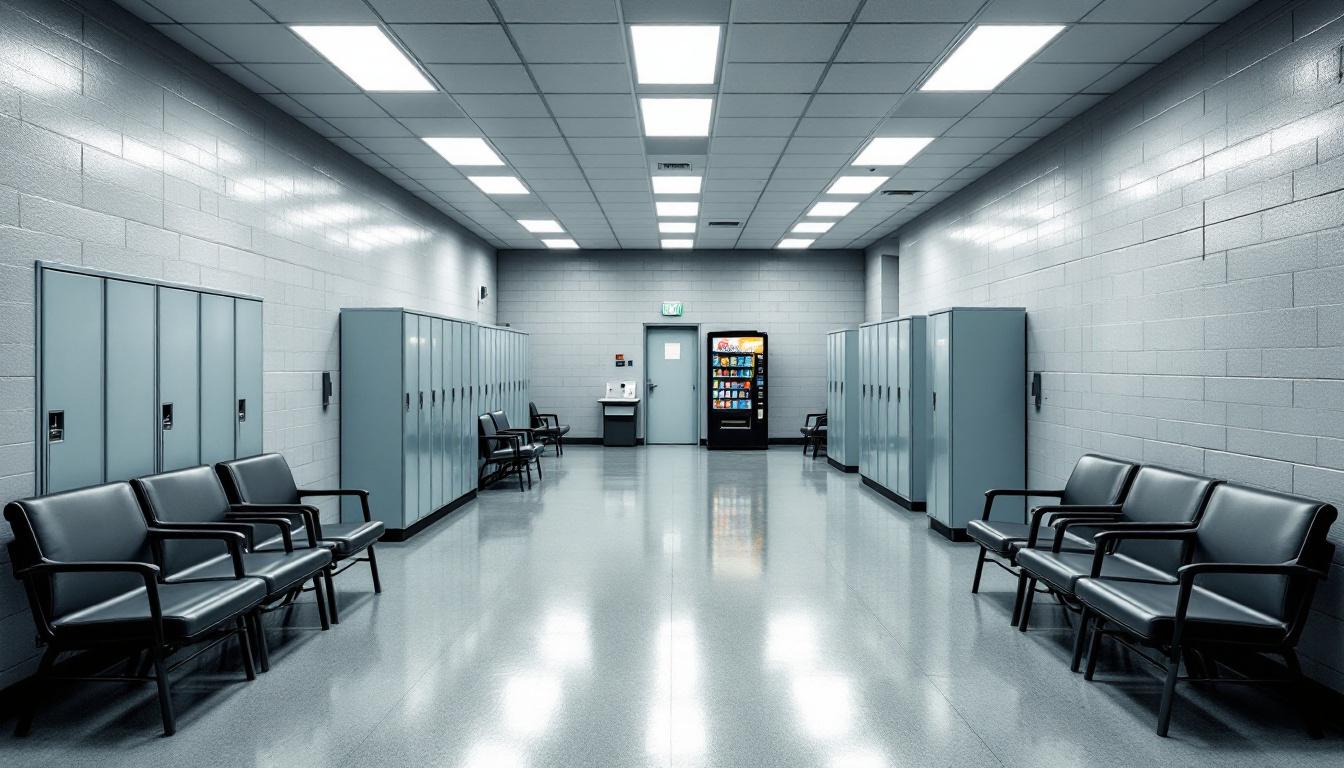
Systematic organization currently shapes every aspect of life within the facility, creating predictable routines that the population follows throughout each day. Residents typically begin their mornings with scheduled counts and meal service, followed by work assignments or programming activities. The structured environment continues to provide clear expectations, with designated times for recreation, education, and personal activities. Generally, the daily schedule balances productive work opportunities with time for self-improvement and maintaining family connections.
Living accommodations at the facility typically feature dormitory-style housing units that accommodate multiple residents. The population generally shares common areas for dining and recreation, while personal space remains limited but manageable. Meals are usually served at scheduled times in a central dining area, with menus that supply basic nutritional needs. Despite this communal living arrangement, residents may often have opportunities to personalize their immediate living space within established guidelines and maintain personal property according to facility policies.
In addition to this structured daily routine, the facility typically offers various programs and activities designed to supply meaningful engagement for the population. Recreation opportunities may include outdoor exercise time, indoor fitness activities, and organized sports when weather and security considerations permit. Visitation policies generally allow family members and approved visitors to maintain contact through scheduled visits and phone calls. Work assignments often include facility maintenance, food service, and other operational duties that help residents develop job skills while contributing to the facility’s daily operations. Programming schedules usually incorporate educational opportunities, life skills training, and other structured activities that continue to support personal development during incarceration.
Ready to Connect?
Start communicating with your loved one today
Search for an Inmate

